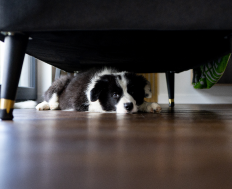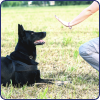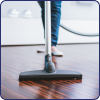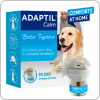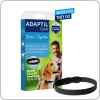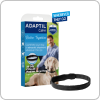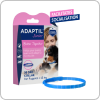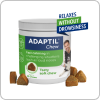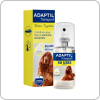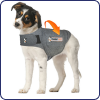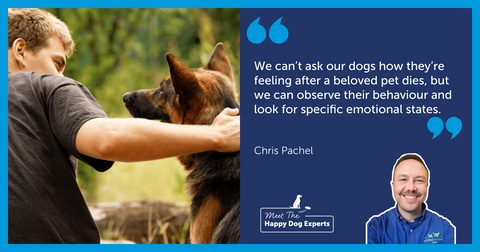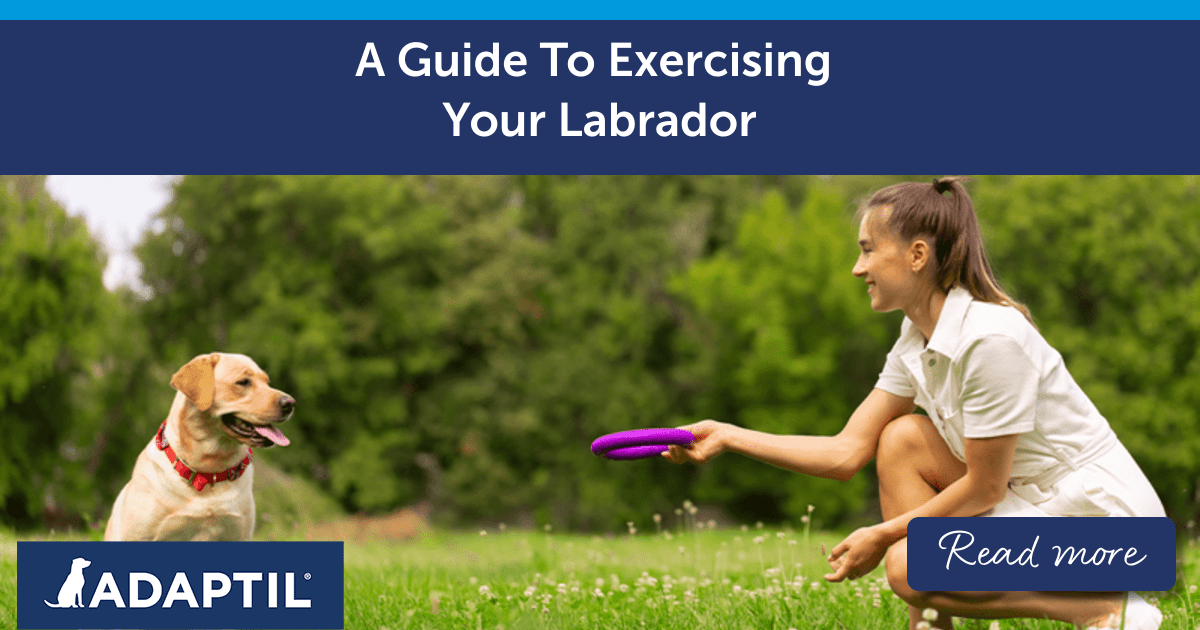
A Guide To Exercising Your Labrador
Labradors are known for their loyal and friendly nature so it’s no surprise they’re one of the most popular dog breeds around the world. They’re highly intelligent, playful, and full of boundless energy. Of course, that boundless energy has a flip side – Labradors need a lot of exercise! With this in mind, our experts put together this guide to help you understand exactly how much exercise Labradors need and to help with all things Labrador care.
Understanding Labrador Exercise Needs
Traditionally, Labradors have always been a high-energy working breed. They were originally bred to help hunters in retrieving game, and as such were bred with physically demanding work in mind. This included walking, running, and possibly even swimming during a day out with their human.
These days, Labradors are considered to be much more of a family pet – but they still have that same capacity for exercise!
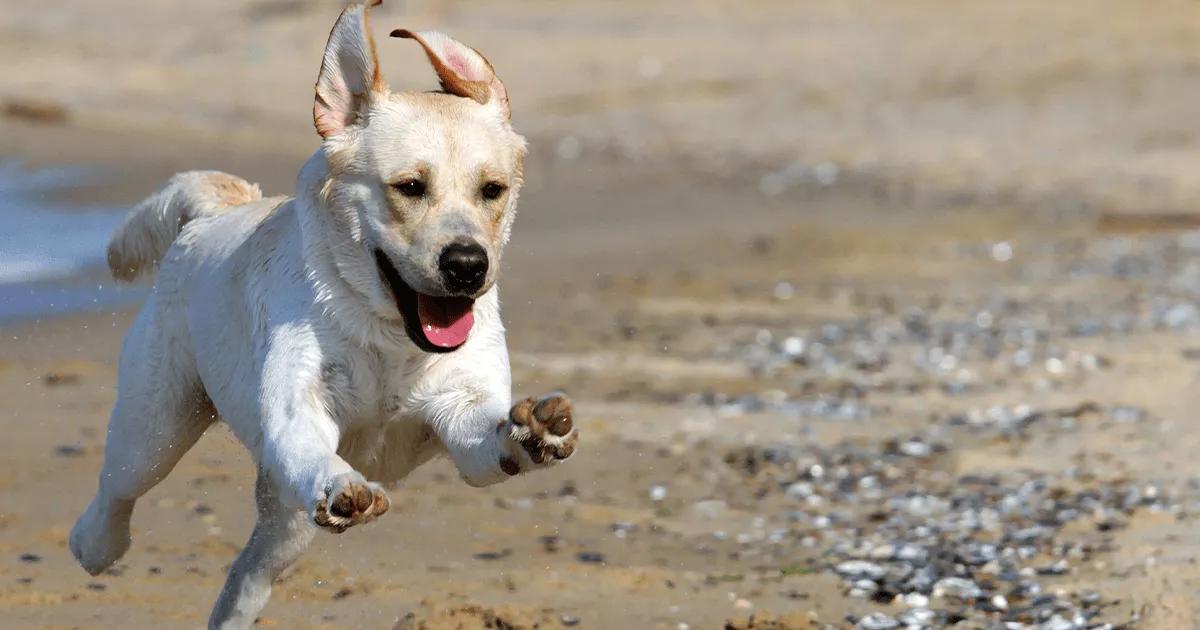
Learning your Labrador’s exercise needs plays a huge part in their well-being. After all, exercise is important for remaining fit and healthy for both humans and dogs alike. If a dog doesn’t receive enough exercise, they may become overweight and develop health and joint problems. Labradors in particular love their food so putting on weight can be done surprisingly easily!
Not only this, but exercise is also essential for helping dogs to remain mentally healthy too. If your Labrador is not receiving enough exercise, they may become bored and find alternative releases for that energy. This could include destructive behaviours, such as chewing and digging, or being restless and barking more. As such, exercise should play a large part in your Labrador care routine.
How Much Exercise Do Labradors Need?
Put simply, there is no definitive answer to the question ‘How much exercise does a lab need?’. Each dog is unique and each Labrador’s exercise needs will vary based on their age, health, and genetics. That said, there are still some broad guidelines that it’s a good idea to follow.
Generally, an hour of exercise a day is a good rule of thumb for a healthy adult Labrador. This should be enough to get their build-up of energy out of their system, stop boredom from setting in, and help prevent any behavioural issues from developing.
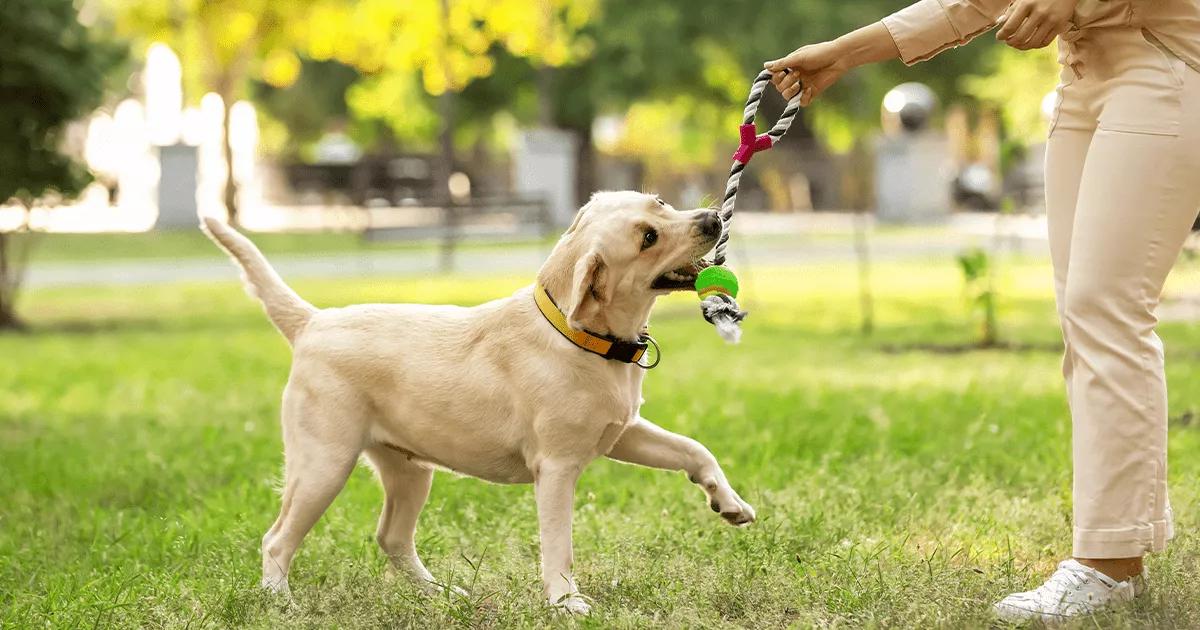
How Much Exercise Does A Labrador Puppy Need?
As with adult Labradors, there’s no hard rule on how much exercise Labrador puppies need. However, there is a clever trick known as the ‘5-minute rule’ that can give a good idea. The way this works is quite simple: from three months of age, you allow five minutes of exercise for each month the puppy is old.
This approach should prevent over-exertion when out Labrador puppy walking and can be followed until your Lab is at least one year old. Overly strenuous walks and high-impact activities aren’t needed for Labrador puppies, but this rule gives a solid indication of a suitable exercise level.

Labrador Care And Exercise Tips
Exercise for dogs can come in many shapes and forms, with each variety encouraging a different level of energy and mental engagement. Ideas can include:
- Walks and Hiking – Walking is an excellent exercise that benefits both you and your Labrador. Regular walks provide mental stimulation, help burn off energy, and strengthen the bond between you and your Lab. They can also present great opportunities to explore new routes and trails, adding variety and providing your Lab with new experiences. Just remember to consider the environment you’re walking in. On hot summer days, it’s best to avoid the midday heat. In winter, head out when the day is lighter. And remember, if your dog can become anxious in unknown situations, don’t forget to bring their ADAPTIL Calm Collar or ThunderShirt by ADAPTIL to help them remain settled!
- Playing Games – Labradors thrive on interactive play and mental stimulation. For example, playing fetch with balls or flying discs can burn off high levels of energy. Make sure to use toys that are safe and durable and that encourage your Lab’s natural retrieval instincts.
- Training – Working on training is another great way to get your Labrador moving. As well as the basic tricks and cues, you could work on retrieval exercises or even agility courses using a DIY obstacle course in your garden!
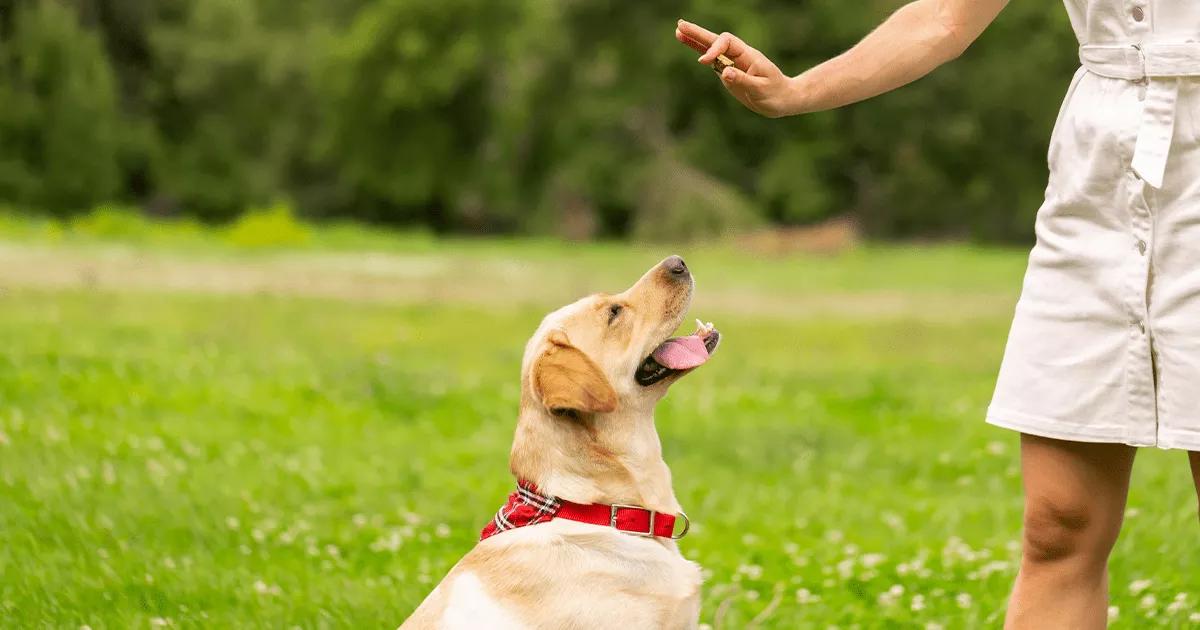
- Swimming – Labradors are natural swimmers, so take advantage of these abilities by heading to a dog-friendly beach, lake, or pool. Swimming is especially effective as a low-impact exercise, so it’s great for dogs who may have sore joints while still providing a full-body workout. If your dog is wearing an ADAPTIL Calm Collar, don’t forget to remove it before heading into any chemically treated water such as swimming pools!
- Playtime With Other Dogs – Regular socialisation with other dogs provides plenty of mental stimulation and lots of movement. It’s also key for developing social skills and promoting healthy social behaviour.

If you’re struggling to keep track of your Labrador’s exercise needs, activity-recording collars offer a great solution. These can give you an idea of the amount of movement your dog does during the day and help to spot any trends such as an older dog beginning to move less.
For older dogs, it’s best to speak to your vet to understand what’s suitable for them and any health issues they may have. It may be that your Labrador requires less exercise or gentler forms of exercise are more appropriate. Remember to keep an eye on your dog as they age, looking out for changes in their movement such as slowing down, becoming tired, and wanting to go a shorter distance.
Likewise, if your dog is overweight, you should speak to your vet before starting a new exercise regime. They will give you advice about diet alongside suitable exercise levels for your Labrador.
Are you looking for more information on how much exercise Labradors need, or want tips on how to get the most out of Labrador puppy walking? Get in touch! We’re always happy to share all the advice we can. You can also stay informed with our latest guides, Q&As, and general tips by signing up to our newsletter.
Understand Dog Body Language better with free course from Dog Training experts:



